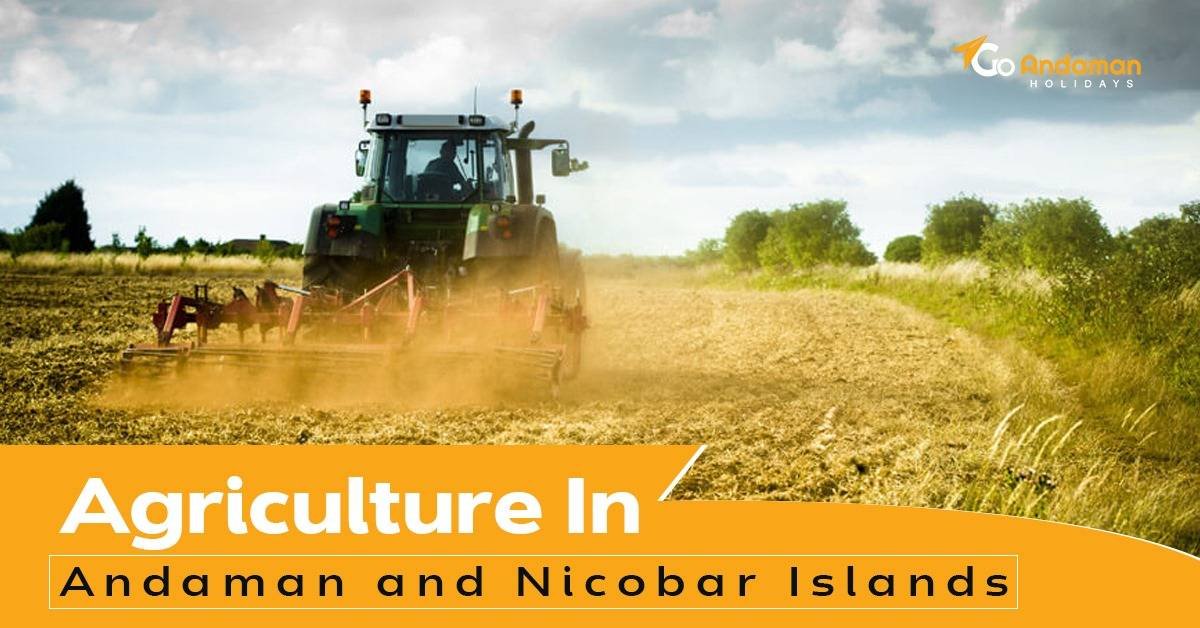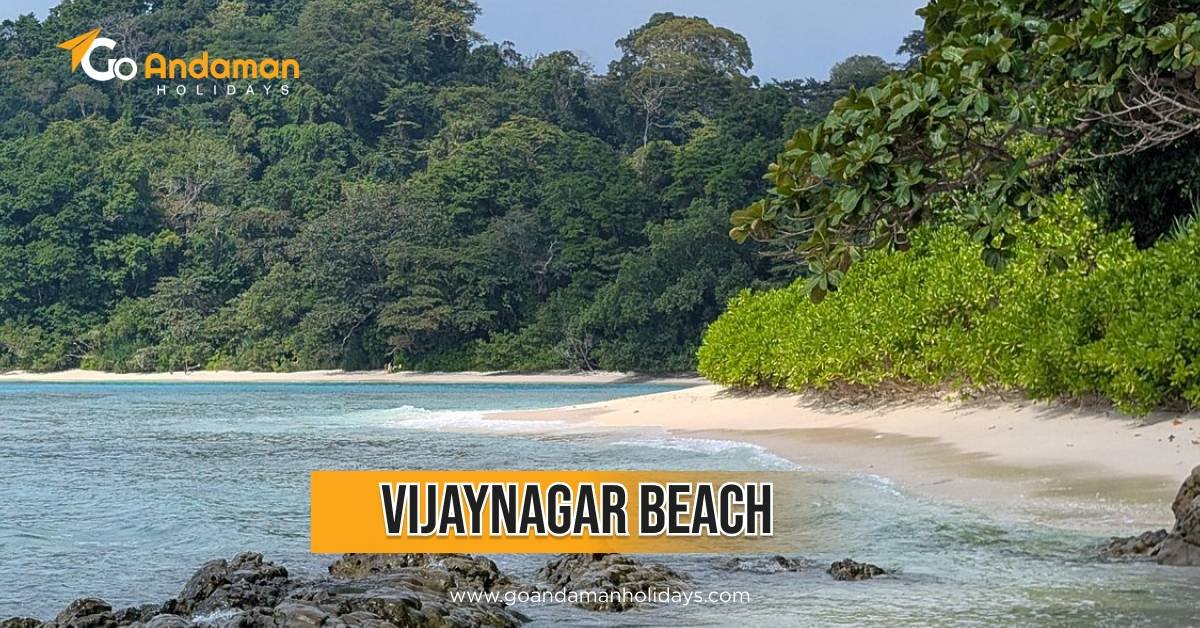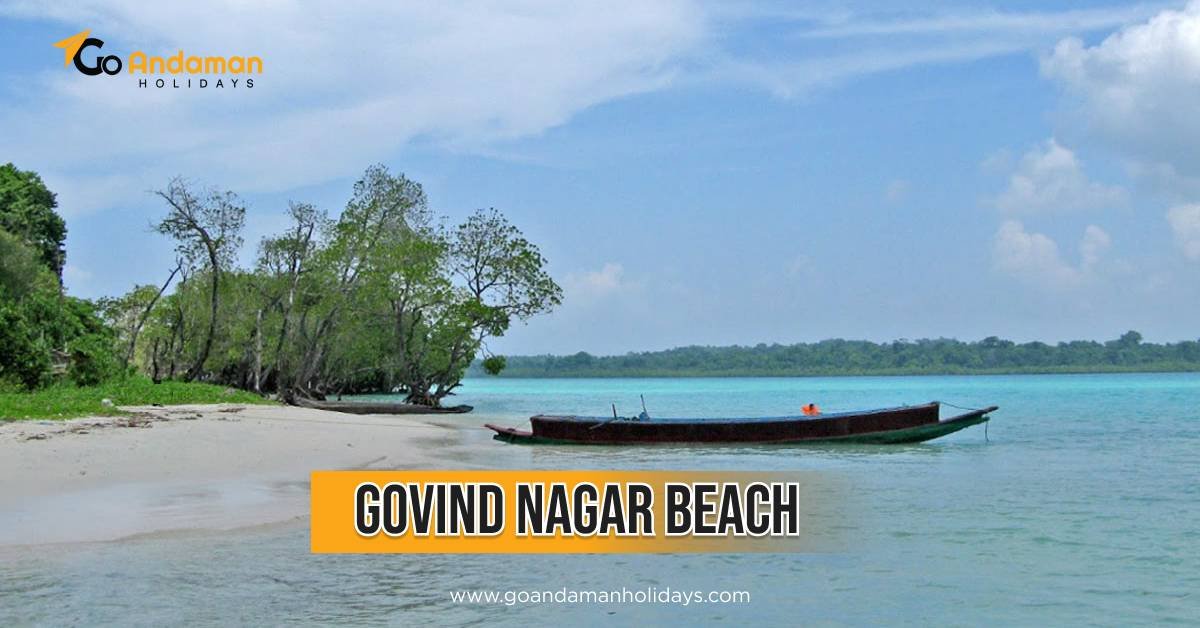
- Go Andaman Holiday
- 16-12-2024
- 0 Comments
Beneath the Greens: Understanding the Unique Soil of Andaman and Nicobar Islands
In the stunning Bay of Bengal, Andaman and Nicobar Islands do not only present an archipelago like a paradise for tourists but also sculpt diverse soil types into their unique agricultural landscape.
Understanding the region's soils is crucial to understanding agricultural practices, challenges, and further chances of agriculture in sustainable farming. This blog will walk through various soil types found in these islands along with their characteristics and how they present an impact on agriculture.
Importance of Soil in Agricultural
The core component of agriculture is soil. Being a medium for plant growth, it provides the necessary nutrients, water, and support to the plant. The type of soil significantly affects what can be cultivated and to what extent it can be grown there.
This is the reason there is extreme variation in soil types in the Andaman and Nicobar Islands due to differences in geographical conditions, climate, and human activities.
Soil Types in Andaman and Nicobar Islands
The primary soil types in the Andaman and Nicobar Islands include:
- Alluvial Soil
- Red Loam
- Clayey Soil
- Lateritic Soil
1. Alluvial Soil
Alluvial soil is located mostly on the flat part of the islands and formed through the accumulation of sediments of rivers and streams. It is that nourishing soil that can retain lots of water, thereby making it an ideal field for staple crops like rice. Because rice is always a prime necessity among the food products of the locals, alluvial soil plays a vital role in the promotion of agriculture in the locality.
Characteristics:
High fertility
Adequate drainage
Mineral-rich region
2. Red Loam
The second most commonly found soil in the islands is red loam. Red loam contains iron oxide, resulting in the reddish color of the soil. This soil drains very well but has large, varying possibilities for crops; even fruits and spices like turmeric and ginger grow well on this soil.
Characteristics:
Low fertility: End
Good drain
Prudent crop of horticulture
3. Clayey soil
Clayey soil contains the highest content of clay and thus is usually dense and heavy. For example, in clayey soils, there is a great retention of moisture, but during heavy rains, waterlogging creates problems for the cultivation of crops. However, these soils can be improved with organic matter for increased fertility.
Characteristics:
Poor drainage
Water retention
Nutrient-rich when amended
4. Lateritic Soil
Lateritic soil consists of conditions of the tropics and is rich in iron. It is the principal soil on the higher grounds of islands having good drainage quality; it is very much suited for crops that are of excellent varieties well under drained conditions such as coconuts and areca nuts.
Characteristics:
Good drainage
Low fertility, except when enriched
It is suitable for plantation crops.
Soil Effects on Agriculture
There are several types of soils in Andaman and Nicobar Islands which affect agriculture directly. It depends on the farmer regarding their technique because each type of soil has its characteristics, and a farmer needs to adapt themselves according to it.
Crop Selection According to Type of Soil
The selection of crops depends upon the type of soil, and some of them are very suitable as follows:
Alluvial Soils
It is mostly used for rice cultivation.
Red Loams
It is used for fruits, such as mangoes and spices.
Clayey Soil
Grows vegetables if it is taken care of.
Lateritic Soil
Coconuts grow well in this soil.
Use of Sustainable Farming Techniques
The most effective increase in yield and soil health will be seen through sustainable practices oriented toward the health of the soil.
- Organic farming: It has low inputs of chemicals that may potentially deteriorate soil quality.
- Crop Rotation: Balances nutrients in the soil.
- Intercropping: Sowing different crops together to enhance biodiversity and alleviate pest problems.
Challenges Facing Agriculture Due to Soil Conditions
Although the soils of Andaman and Nicobar Islands are varied, having a vast potential for various agricultural practices, the following are some of the challenges that they pose:
Salinity Intrusion
Another challenge is salinity intrusion in coastal areas affected by the rise in sea levels and global warming, where flooding then tends to increase salt concentration in soil which affects the growth of crops due to restrained plant development.
Waterlogging
Heavy rainfalls in the monsoon seasons tend to cause waterlogging, especially in clayey soils. The condition of waterlogging kills the root system of plants and subsequently leads to crop failure.
Nutrient Leaching
Continuous cultivation with no good replenishment would eventually lead to a depletion of nutrients from soils. A farmer should use replenishment approaches like organic amendments or cover cropping to replace nutrients in the soil.
Climate Resilience Strategies.
To these challenges, researchers and farmers have responded by applying climate-resilient agricultural methods, localized to the immediate conditions:
Land-Shaping Techniques
Land contour modification techniques alter the contours of the land surface to ensure drainage, among other things, and to enhance the capabilities of rainwater storage. These have generally reduced instances of waterlogging while maximizing arable land.
Crop Diversification
Farmers can spread the risks associated with climate variability by diversifying cropping patterns—like integrating vegetable cultivation with traditional crops. Such an approach would help stabilize income even if certain crops fail, given adverse weather.
Organic Fertilizers Application
Nutrient depletion will be overcome, for example, by the use of organic manure from local sources instead of synthetic chemicals. This will be fruitful in enhancing soil health and reinforcing crop immunity against pest and disease attacks.
Government Initiatives in Support of Sustainable Agriculture
The government plays a very significant role in propagating the usage of sustainable farming practices across the Andaman and Nicobar Islands:
Agricultural Training Programs
Under the training programs it offers, the Department of Agriculture aims to equip small-scale farmers with innovative farming techniques aligned with sustainability targets.
Organic farming, pest management practices, as well as efficient irrigation strategies are some examples.
Research Support
Institutions like the Central Island Agricultural Research Institute (CIARI) perform research on how climate-resilient crop varieties relevant to local soils can be produced, and the results then reach the farmer.
Financial Aid
Government programs provide financial packages for farmers using environment-friendly technologies or changing from the normal types of farming. This funding pushes more farmers into using friendly eco-technologies.
Frequently Asked Questions (FAQs)
1. What are the types of soil prevailing in the Andaman and Nicobar Islands?
The soil types in Andaman and Nicobar Islands are mainly divided into four categories: alluvial soil, red loam, clayey soil, and lateritic soil. All of them differ in nature, and their characteristics make a difference in the agricultural requirements, for instance, crop selection and drainage ability might differ for each type of soil.
2: How are Soil quality and agriculture in the Andaman and Nicobar Islands?
Answer: Soil quality directly influences crop growth and yield. Fertile soil alluvial soil supports staple crops such as rice whereas less fertile soils must be amended with organic matter to enhance productivity, soil conditions influence water retention and drainage aspects farming does depend on.
3: What are some of the challenges facing farmers due to soil conditions in the Andaman and Nicobar Islands?
Problems for the Farmer Farming faces several difficulties such as increased salinity of the soil with this increase in sea level, waterlogging caused due to heavy rainfall, and nutrient depletion caused due to continuous cropping. To counter such challenges, innovative farming practices and climate-resilient strategies should be adopted to ensure the healthiness of the soil and productivity of the farm.
Conclusion
Understanding the soil of the Andaman and Nicobar Islands becomes crucial in the development of sustainable agriculture. Each of these soil types is unique, offering challenges and opportunities that innovative solutions can address.
With farmers following or adapting to local sustainable practices, including organic farming, land-shaping techniques, and crop diversification, the future for agriculture in this beautiful archipelago seems bright. Continued government support as well as community involvement can have agriculture thronging nicely to deliver the rich ecological balance seen in these islands.
YOU MAY READ ALSO:-




